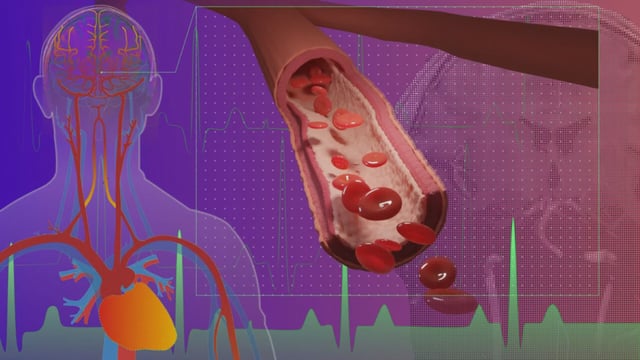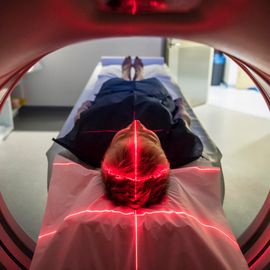Overview
- The peer-reviewed study in Nature Cardiovascular Research reports the first in vivo, noninvasive measurements of microvascular volumetric pulsatility in humans.
- An ultra-high-field 7T MRI protocol combines vascular space occupancy with arterial spin labeling to resolve cardiac-cycle volume changes in microvessels.
- Analyses found that pulsatility rises with age and is most pronounced in deep white matter, a region critical for network communication.
- Hypertension further amplified the pulses in older adults, a result the authors say helps bridge large-vessel stiffness with small-vessel brain injury.
- The team is working to translate the method to widely available 3T scanners and will run longitudinal studies to test links to glymphatic dysfunction, beta-amyloid accumulation, and cognitive decline.

